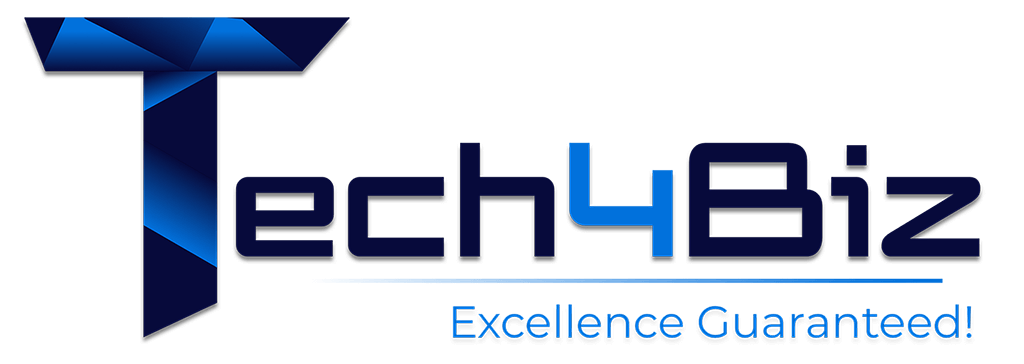
The Economic Impact of IoT: How Connectivity Drives Growth and Innovation
The Internet of Things (IoT) has rapidly transformed industries by connecting devices and systems in ways that drive operational efficiency, improve productivity, and open up new business opportunities. IoT is not just a buzzword—it’s a driver of economic growth, creating new revenue streams, reducing costs, and enabling businesses to innovate in unprecedented ways. In this blog post, we’ll explore the economic impact of IoT, highlighting its potential to shape industries and fuel business expansion in the coming years.
The Cost-Saving Potential of IoT
One of the most significant economic benefits of IoT is its ability to generate substantial cost savings for businesses across a wide range of industries. By enabling businesses to monitor, analyze, and optimize their operations in real-time, IoT reduces inefficiencies and minimizes unnecessary expenses. Here are some key areas where IoT drives cost savings:
- Energy Efficiency: IoT-enabled systems can optimize energy usage by adjusting operations based on real-time data. For example, smart lighting and heating systems in buildings can automatically adjust to occupancy levels, significantly reducing energy consumption. In industrial settings, IoT sensors can monitor machinery to ensure they are running at peak efficiency, avoiding energy waste.
- Predictive Maintenance: Traditional maintenance models involve scheduled checks and reactive repairs when equipment fails. IoT changes this by enabling predictive maintenance, where sensors monitor equipment conditions and predict when maintenance is required before failures occur. This can drastically reduce downtime and repair costs. For example, IoT-driven maintenance programs have saved manufacturing plants millions by preventing unexpected breakdowns.
- Supply Chain Optimization: IoT plays a crucial role in optimizing supply chains. With real-time tracking of inventory, goods in transit, and delivery schedules, companies can reduce waste, prevent stockouts, and improve order accuracy, thus cutting operational costs. For example, retail giants like Walmart use IoT to track inventory across their supply chains, reducing the need for large stockpiles and cutting costs.
Boosting Productivity and Operational Efficiency
IoT’s role in enhancing productivity is undeniable. By providing real-time data and insights into operations, IoT allows businesses to streamline processes, improve decision-making, and boost overall productivity. Here are a few ways IoT contributes to higher productivity:
- Automation: IoT enables businesses to automate repetitive and time-consuming tasks. For instance, in manufacturing, IoT devices can control machinery and production lines autonomously, minimizing human error and increasing production speeds. By automating routine processes, businesses can focus their resources on higher-value activities.
- Data-Driven Decision Making: With the massive amount of data generated by IoT devices, businesses can make more informed decisions based on actionable insights. Whether it’s adjusting production processes or predicting customer behavior, IoT data helps businesses to align their strategies more closely with real-time market conditions, driving better outcomes and higher productivity.
- Remote Monitoring and Control: In industries like agriculture, oil and gas, and logistics, IoT enables remote monitoring and control of assets. This means employees can manage equipment, monitor crops, or track goods without needing to be physically present, allowing for more efficient use of time and resources.
New Revenue Streams through IoT
Perhaps one of the most exciting aspects of IoT is its ability to unlock entirely new revenue streams for businesses. As devices become more interconnected, IoT opens up opportunities for companies to offer innovative products and services that were previously not possible. Here’s how:
- Subscription-Based Models: Many businesses are adopting subscription models for their IoT products, offering services such as real-time data monitoring, analytics, and software upgrades. Companies like Nest (now owned by Google) have leveraged this model with their smart home products. Subscription fees provide a continuous stream of revenue and foster customer loyalty.
- Data Monetization: As IoT devices generate vast amounts of data, businesses can analyze and monetize this data by offering valuable insights to other companies. For instance, transportation companies can sell traffic data collected from IoT-enabled sensors to urban planners or city governments to help improve infrastructure.
- Product as a Service (PaaS): In industries like automotive or consumer electronics, IoT allows companies to offer products as services. For example, car manufacturers can offer subscription services for car functions, such as premium navigation or remote diagnostics, which can be enabled through IoT-connected vehicles. This business model is becoming increasingly popular as it allows businesses to continue earning revenue from products after the initial sale.
IoT’s Role in Innovation and Competitive Advantage
As industries continue to adopt IoT technologies, the competitive landscape is rapidly changing. Businesses that successfully implement IoT solutions are gaining a significant edge over competitors that have not embraced this technology. The ability to access real-time data, optimize processes, and provide personalized customer experiences is giving IoT-powered companies a considerable competitive advantage.
- Faster Time to Market: IoT enables businesses to bring products and services to market faster by streamlining R&D and production processes. With IoT, companies can monitor product performance and customer feedback in real-time, making it easier to iterate on designs and improve offerings quickly.
- Customization and Personalization: IoT allows businesses to collect data on user preferences and behavior, enabling them to personalize their offerings. For instance, smart home companies can create tailored recommendations for users based on their interactions with devices. In turn, these personalized experiences drive customer satisfaction and brand loyalty.
Why It Matters: The Broader Economic Impact of IoT
The economic impact of IoT extends beyond individual businesses. As IoT adoption grows across industries, it is transforming entire economies, boosting productivity at the macro level, and creating new business models. In fact, according to a report by McKinsey, IoT has the potential to generate up to $11.1 trillion in economic value by 2025, with the largest impacts expected in manufacturing, transportation, and healthcare.
By enabling companies to operate more efficiently, reduce costs, and unlock new revenue streams, IoT is helping to fuel innovation across sectors, ultimately driving economic growth and opening up new markets. For governments, this shift presents opportunities to invest in IoT infrastructure and create policies that foster IoT innovation, ensuring that their economies remain competitive in the global digital economy.
Conclusion: IoT as an Essential Driver of Economic Growth
The economic impact of IoT is already being felt across industries, with businesses enjoying significant cost savings, productivity boosts, and new revenue streams. By connecting devices and systems, IoT has become a fundamental enabler of growth and innovation. As more businesses adopt IoT technologies, the potential for new economic opportunities will continue to expand, helping drive both operational efficiency and business success.
In today’s rapidly evolving business environment, staying ahead of IoT trends and embracing these technologies will be essential for companies that want to remain competitive, foster innovation, and contribute to the broader economic transformation driven by IoT.
Hey
I'm Emma!

Lorem ipsum dolor sit amet, consectetur adipiscing elit. Ut elit tellus, luctus nec ullamcorper mattis, pulvinar dapibus leo.
